The inescapable horrors of war have arguably come to define our modern world.
With the ongoing refugee crisis, the endless atrocities unfolding at the hands of ISIS and the Yemen war making headlines, both domestic and international conflicts continue to mark our global landscape.
Though the world has become a much less violent place since the end of the Second World War, the last decade has seen an increase in terrorism and violence – with the Institute for Economics and Peace (IEP), finding that out of 162 countries, only 11 of the world’s nations are in a full state of peace.
In our ever globalised world, these conflicts will continue to effect us, both at home and abroad.
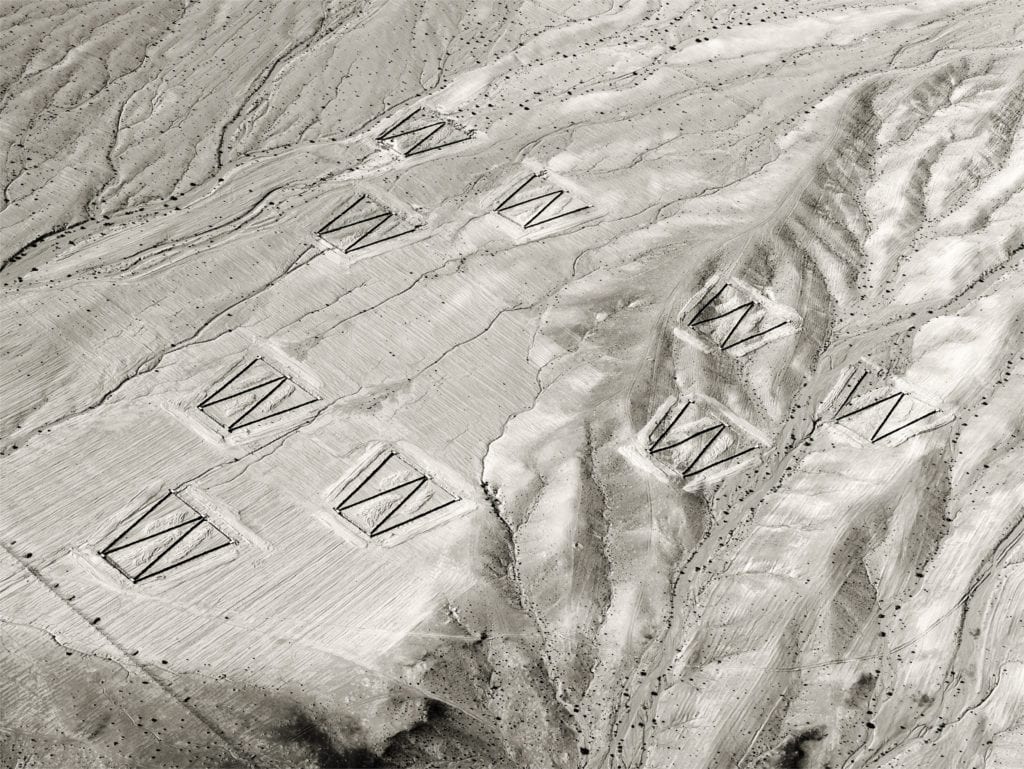
Internationally renowned artists Jananne Al-Ani, Baptist Coelho, and Shaun Gladwell explore the most enduring, and, some would argue, most dangerous aspect of conflict – its presence and intersection with the everyday.
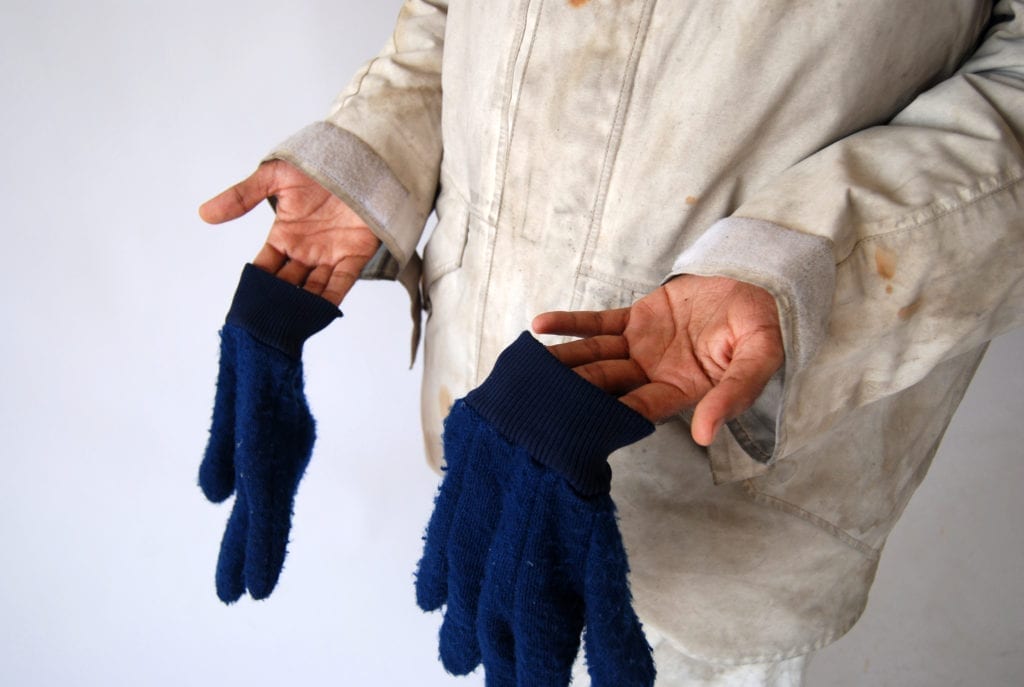
From their respective experiences in Iraq, India, Bangladesh, Afghanistan, and then ‘back home’ where the traces of war are revealed again, all three artists are sensitive to traces of war and their residual effects in the domestic sphere.
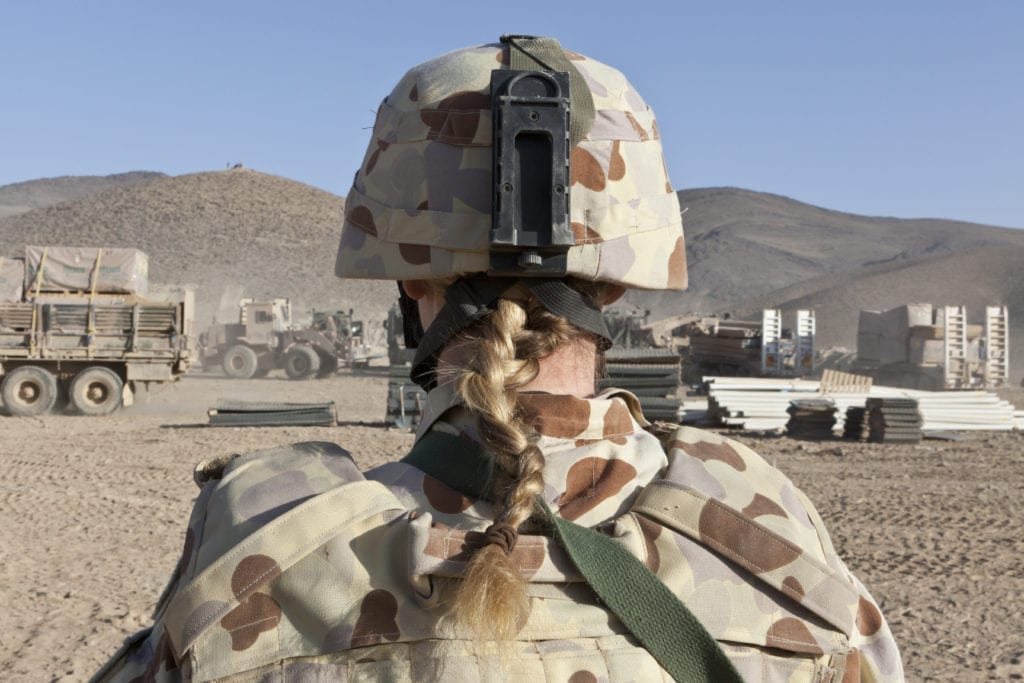
“It’s something that we all do, but it’s interesting that this continues into the war zone.”
The Australian artist, who served as his country’s official war artist in the first Gulf War and later in Afghanistan, uses his photography to critically analyse the use of cameras and filmography in warfare.
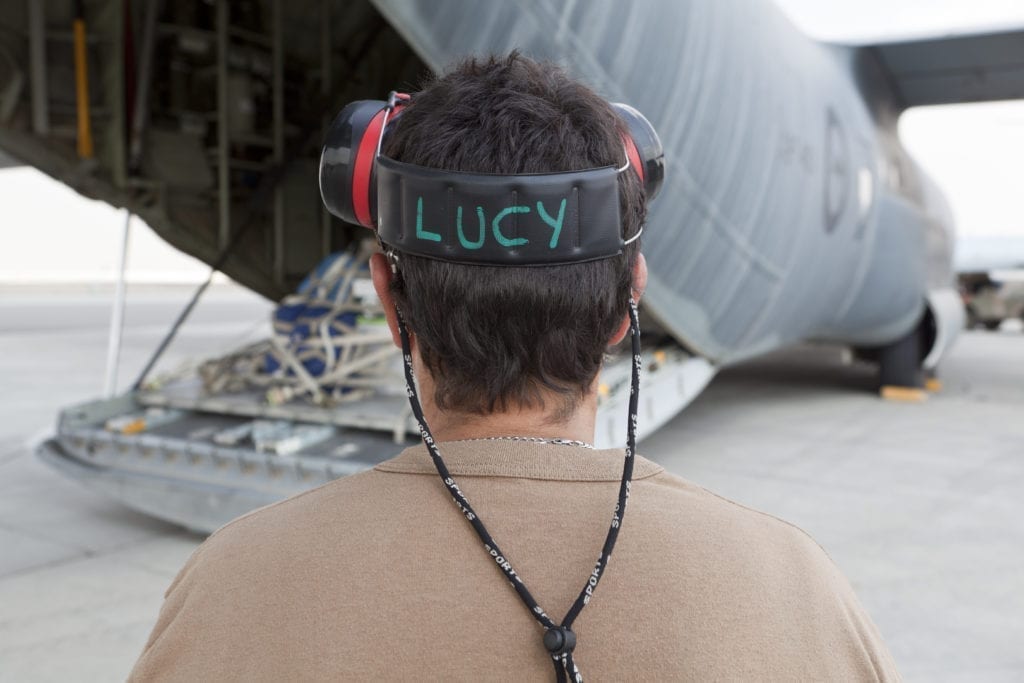
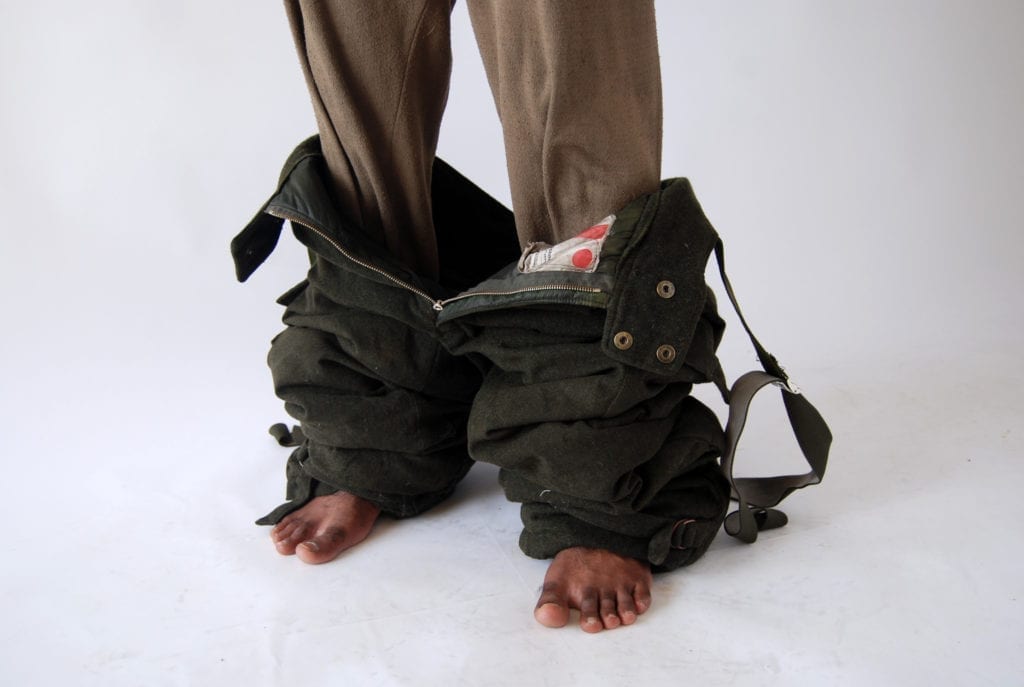
In 2007, Coelho responded to The Peace Project by the Museum of Contemporary Art Denver, Colorado, with the artwork ‘537’, a sculptural work inspired by the satellite view of the Siachen glacier; the highest battleground on earth and disputed region of Kashmir which has seen ongoing military conflict between India and Pakistan since 1984.
“This distant view prompted me to further excavate this conflict,” says Coelho, who took several trips to Ladakh in the north of India to discover its origins and consequences. “The un-understanding is one of the many reasons I have engaged with it from various levels.”
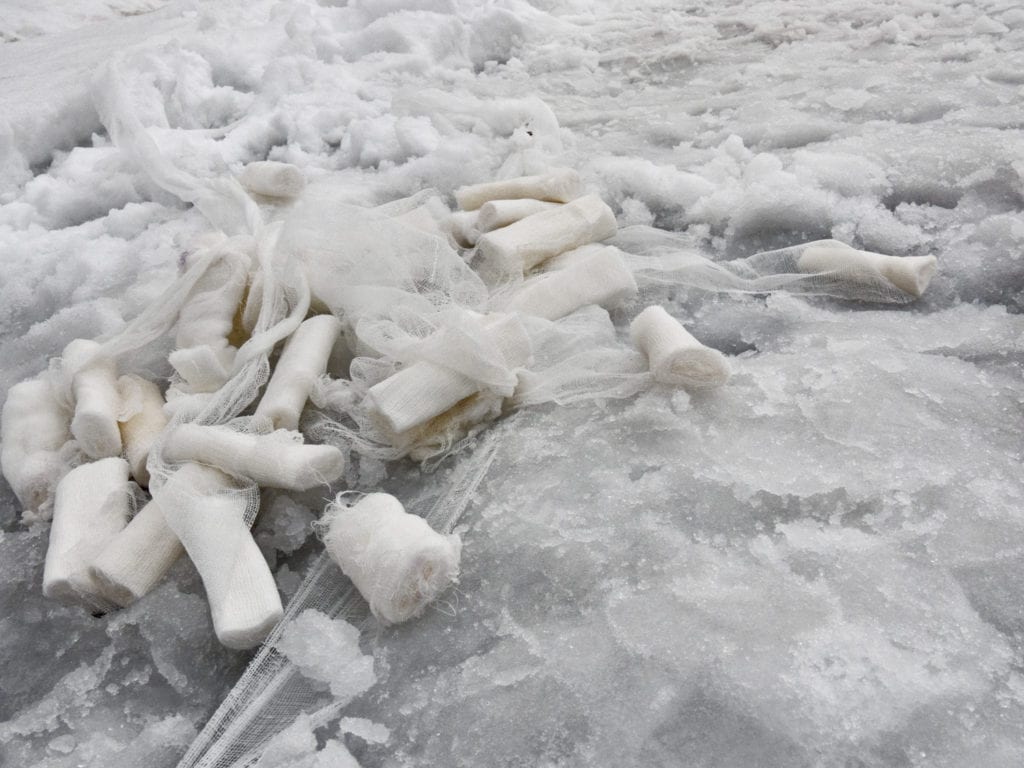
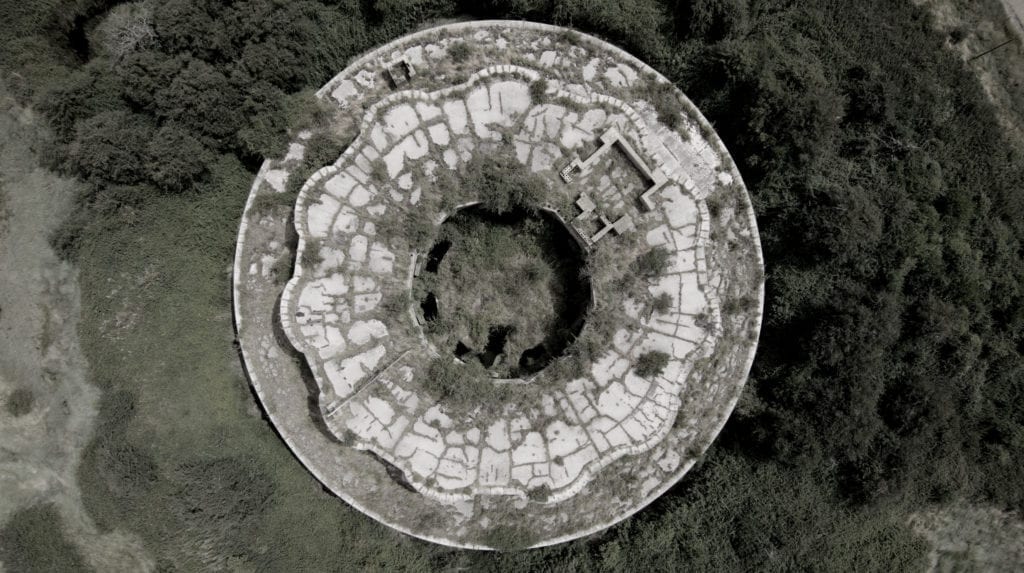
‘Shadow Sites I’ (2010) and ‘Shadow Sites II’ (2011) show aerial views of contested landscapes that suggest war’s imprint upon a surface is itself only comprehensible when seen from above.
“My interest in the representation of sites of conflict began with the ‘91 Gulf War, in which the prominent role of digital technology, aerial photography and satellite imagery created a watershed in the history of war reportage,” says Al-Ani.
“By adopting the bird’s eye view of the fighter pilot or the cruise missile, it was possible to represent the landscape of the Middle East as a barren, unoccupied desert – an Orientalist idea that persists to this day,” she explains. “By appropriating this aerial perspective, I hope to expose the signs and traces of complex and sophisticated human activity embedded in the landscape, which are so often overlooked.”
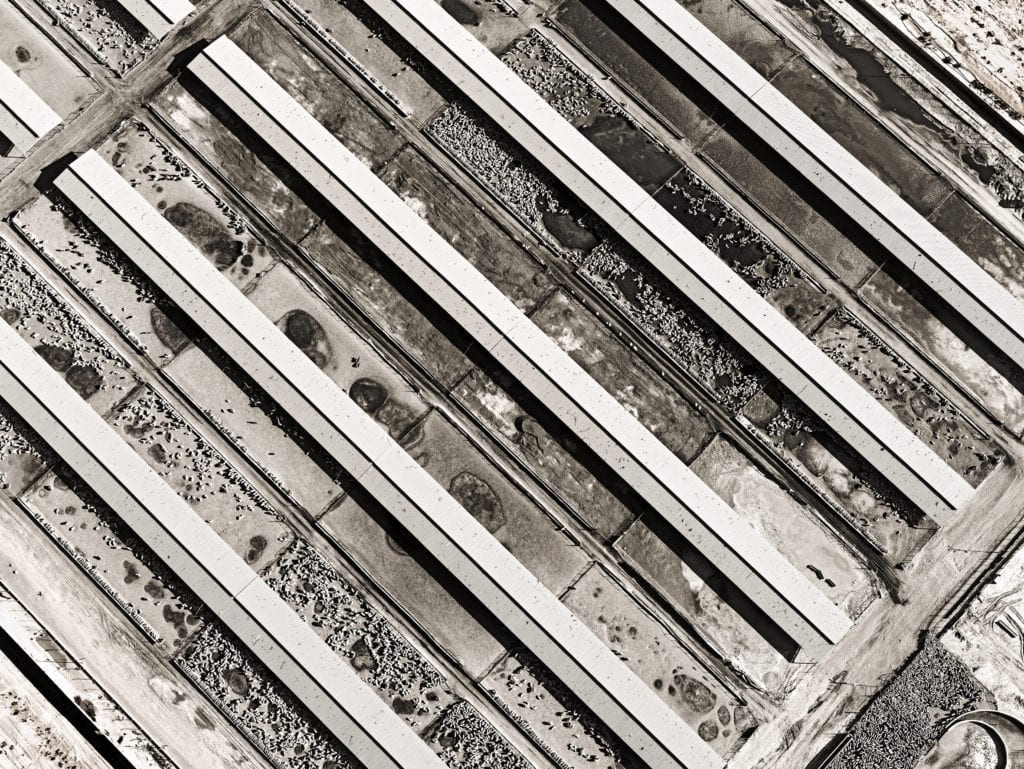
By treating the British landscape in much the same way that the Middle Eastern landscape has been portrayed, Al Ani’s exposes the relationships that bind them together.
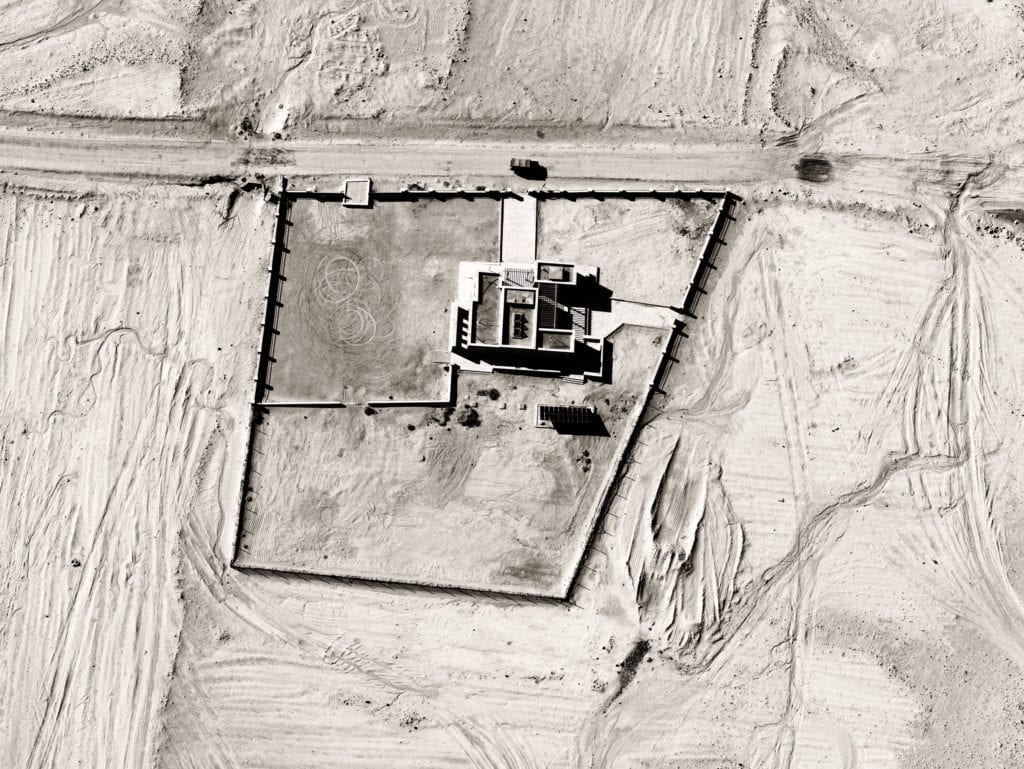
“Not a single year has passed in the last century without British troops being engaged militarily somewhere in the world,” says Al Ani. “We are all living in the shadow of war whether or not we are at the sharp end of the battle.”
Traces of War is on show at Kings College London, Inigo Rooms, Somerset House East Wing, until 18 December 2016. For more, go here.
